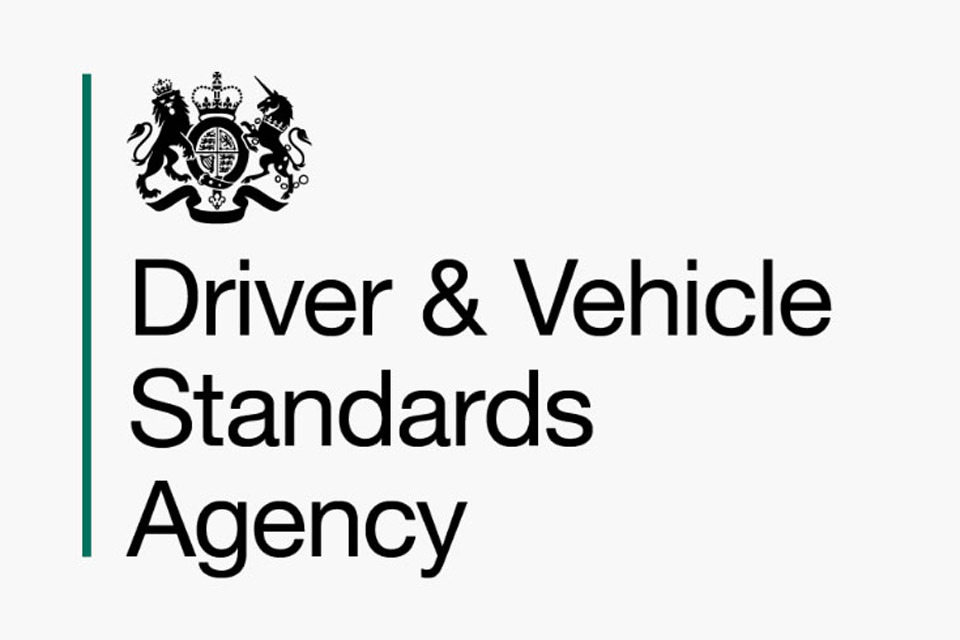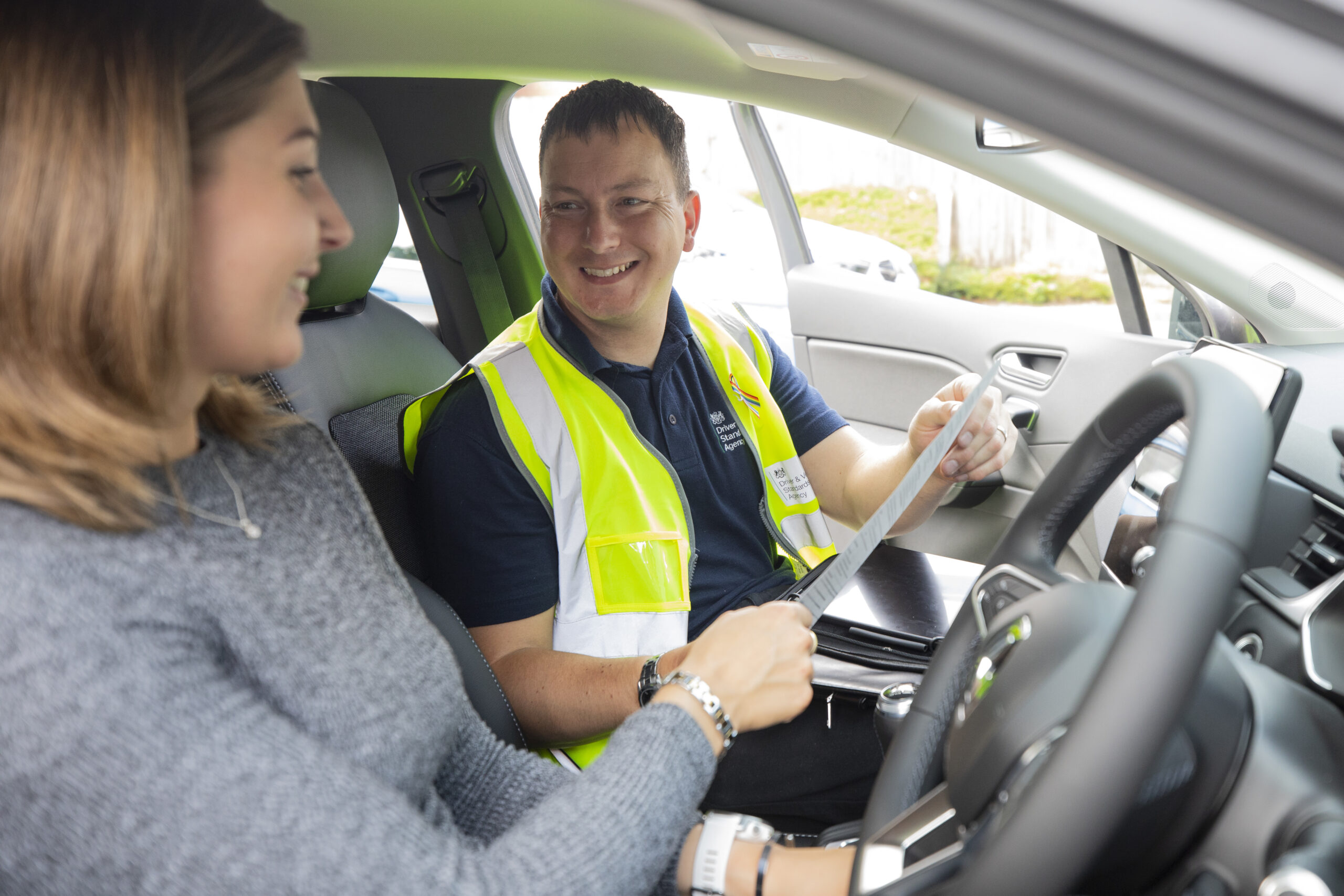By now most people are aware of the huge backlog since covid regarding driving tests, the DVSA have been working hard to help reduce the waiting time learners have to wait in order to book a practical driving test.
Their aims are to ensure learners who fail their practical driving test are better prepared when they book their next test.
The DVSA have since consulting with 20,000 people, that due to the high demand in people awaiting to take their driving test they are changing the re booking system from 10 days after a fail to 28 days.
This is to ensure that pupils are taking time to take any additional lessons they may need to brush up on their driving before re taking the test.
Around 53% of exams are failed, according to AA data from February 2023, with the average waiting time in November 2022 peaking at 24 weeks.
Previously before covid hit the average waiting time to book a practical driving test was 6 weeks from booking the test to taking it. During the covid lockdowns tests were forbidden from being taking unless the pupil taking it was a key worker.
Figures from the DVSA last year showed there were more than 500,000 learners waiting for their driving test.
The plans, which will come into effect this summer, also include extending the notice period during which a cancelled car test will result in a lost fee from three to 10 days.
“It is clear more needs to be done to make sure learner drivers only take their test when they are fully prepared,” says Loveday Ryder, chief executive of the DVSA.
The delay causes lots of pupils to look in different areas that may have less of a wait, which causes problems for the learner as they would need to then learn the routes of the new test centre, study the roundabouts and the speed limits in the local areas. Another hump in the road for this option could be last minute cancellations, which could cause the pupil a loss of funds if they have travelled to the area with some even staying over night if they have an early morning test. When using a test centre your instructor doesn’t cover means you are taking your own car, you would need to be ensuring the care is test standard, adhering to the following guidelines taken from the DVSA website:
Your car must:
- have no warning lights showing, for example, the airbag warning light
- have no tyre damage and meet the legal tread depth on each tyre – you must not have a space-saver spare tyre
- be roadworthy
- be fitted with an extra interior rear-view mirror for the examiner
- be fitted with a passenger seatbelt and a passenger head restraint for the examiner (slip-on types are not allowed)
- be able to reach at least 62mph and have an mph speedometer
- be fitted with L-plates (‘L’ or ‘D’ plates in Wales) on the front and rear
- have 4 wheels and meet the maximum authorised mass (MAM) of no more than 3,500 kg
The MAM is the limit on how much the car can weigh when it’s loaded. It’ll be in the car’s handbook.
Tax and insurance
Your car must:
- be taxed
- have a current MOT (if it’s over 3 years old)
- be insured for a driving test (check with your insurance company)
Cleaning your car
You should tidy your car before your test. This includes removing any rubbish or unnecessary items from the dashboard, footwells, door pockets, cup holders and seats.
Your car must be smoke-free – this means you cannot smoke in it just before or during the test.
Dashcams and other cameras
You can use a camera fitted for insurance purposes, as long as it:
- faces outside of the car and does not film the inside
- does not record audio from inside the car
Vehicle features
You can use a car with:
- an electronic parking brake
- hill-start assist
Manual and automatic cars
You can take the test in a:
- manual car – these have 3 pedals
- automatic or semi-automatic car – these have 2 pedals
If you take your test in a semi-automatic car you’ll only be able to drive automatic and semi-automatic cars once you’ve passed your test.
Hire cars
You can take your test in a hire car if it’s fitted with dual controls and meets all the other rules.
Cars you cannot use
Some cars cannot be used in the test because they do not give the examiner all-round vision.
You cannot use any of the following:
- BMW 218 convertible
- BMW Mini convertible
- Ford KA convertible
- Smart Fortwo (2-door)
- Toyota iQ
- VW Beetle convertible
There might be other cars that you cannot use. This is because not every model has been used in a test before, and some may not give the examiner all-round vision.
Check if your car can be used before booking a test
You can check if your car can be used by contacting the Driver and Vehicle Standards Agency (DVSA).
Always check if you want to use a:
- convertible car
- panel van
- coupe (a car with a fixed roof, two doors and a sloping rear)
Beccy from Britannia says:
The backlog is very frustrating for pupils who are ready to take their test and are finding it increasingly difficult to book their practical driving test.
 Buy Gifts Vouchers Here
Buy Gifts Vouchers Here Intensive Driving Courses
Intensive Driving Courses Driving Test Booking Services
Driving Test Booking Services




